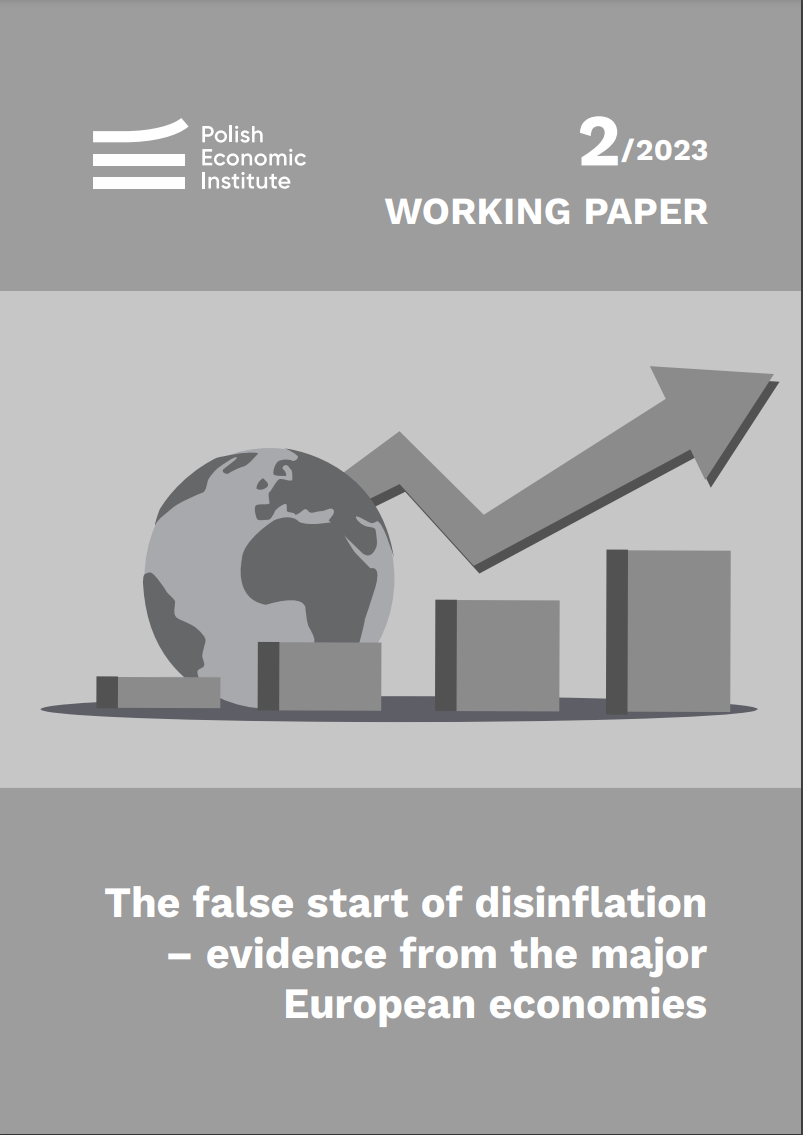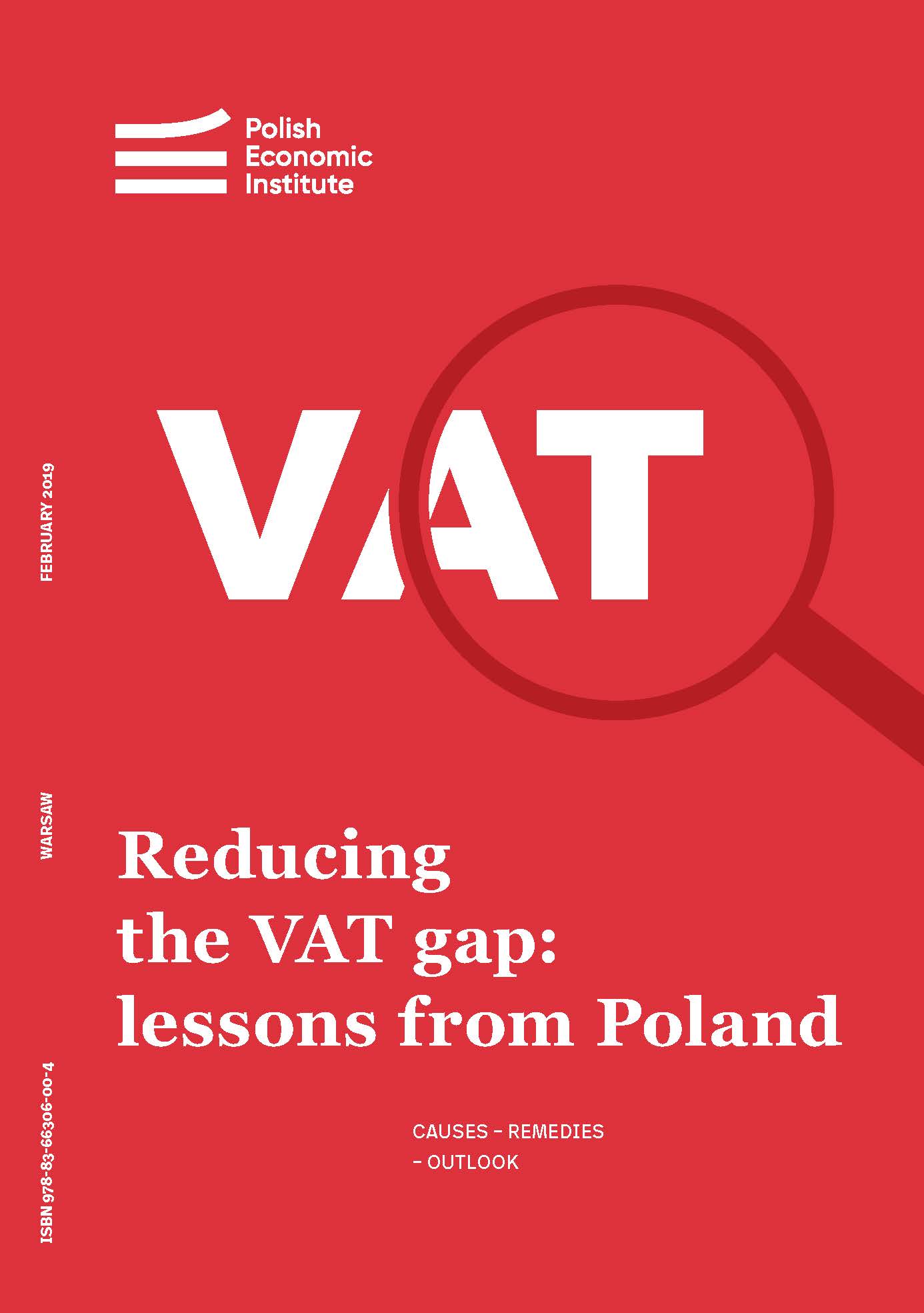Poland and the EU economy are slowly recovering from the slowdown. Poland's GDP in 2023 grew by 0.3 %, which is close to the average for the 27 EU countries - the European Commission estimates 0.6 %. A rebound is expected next year. Poland's economic growth in 2024 should oscillate around 2.3 %, while in the EU the Commission optimistically forecasts 1.3 %. Inflation is also systematically slowing down. Its average value in Poland in 2023 amounted to 11.6 %. In the following year, the rate of price growth will fall to 5.1 %. At the same time, a two-digit rate of salary growth will be maintained, which in 2024 will amount to 10.3 %. These are the conclusions that can be drawn from "Economic Review PEI: Winter 2023", a report published by the Polish Economic Institute.
The year 2022 was dominated by the Russian invasion on Ukraine and the rising inflation after the outbreak of the energy crisis. Since then inflation persists in the countries that the price spillovers originated from. The inflation of sticky prices increased more slowly than that of more flexible ones right after the energy crisis. This distorts the relative prices and probably requires another wave of adjustments in the stickiest categories. Polish Economic Institute in the report “The false start of disinflation – evidence from the major European economies” analyses the international risks related to inflation after the outbreak of the energy crisis in 2022.
At present, as many as 7 Member States of the EU have public debts exceeding 100 per cent, with the limit laid down in the Maastricht Treaty at 60 per cent. In the US, the scale of the Fed’s quantitative easing related to the pandemic has been as much as 57 per cent higher than during the financial crisis.
Spending on infrastructure makes up just 20 per cent of all public investment in EU countries. The remaining 80 per cent can be classified as investment in human capital – spending on citizens’ health and education
Sweden, Denmark and Norway proved to be the world’s most developed economies in the Responsible Development Index ranking, prepared by the Polish Economic Institute for the second time.
In 2018, the CIT gap was PLN 22 billion, 35 per cent less than in 2014. At the same time, CIT accounted for 5 per cent of State revenue in Poland, distinctly below the EU average of 7 per cent. A vital problem is the shifting of profits to tax havens – in 2018 alone transnational corporations artificially transferred from Poland profits of PLN 17 billion, which translated into CIT revenue foregone exceeding PLN 3 billion.
Nearly EUR 960 billion – this is the size of the European Union’s current budget. That astronomical sum, however, is ⅕ lower than 7-year cumulative losses due to taxes escaping across the borders of the EU Member States.
The Polish Economic Institute has shown its own alternative to GPD.
The Polish Economic Institute presented a report describing best practices in sealing the VAT system as part of the Strategy for Responsible Development. The publication will help promote the solutions implemented in Poland in countries struggling to collect VAT.











